supplemental greenhouse lights
hairmetal4ever
18 years ago
Related Stories
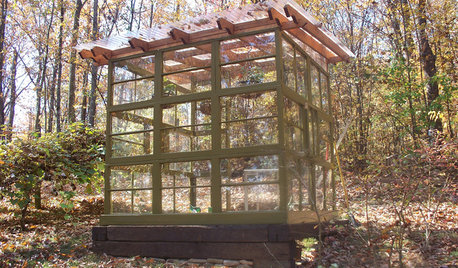
GARDENING AND LANDSCAPINGSee a Family Greenhouse Grown From Scraps
Can-do resourcefulness and less than $400 lead to a new 8- by 8-foot home for plants on a Tennessee family's property
Full Story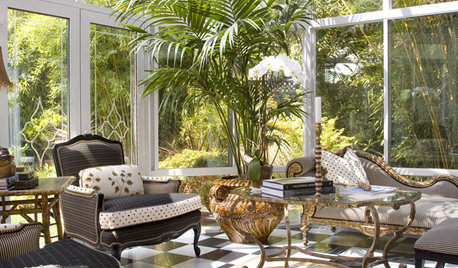
DECORATING GUIDESGo for a Greenhouse Effect With an Exotic Conservatory
Cultivate a rarified hothouse feel with or without all-glass walls; these inspiration photos and product picks show you how
Full Story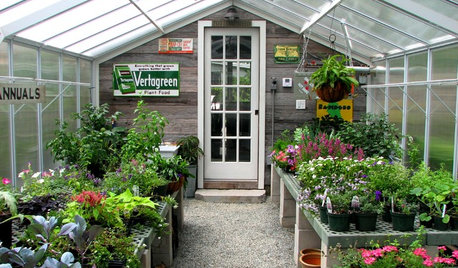
OUTBUILDINGSRoom of the Day: An Old Shed Becomes a Spa and Greenhouse
A garden-loving couple create the perfect place to have a soak and putter with their plants year-round
Full Story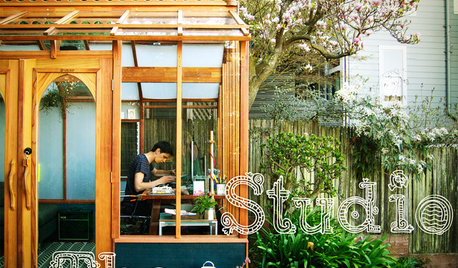
OUTBUILDINGSStudio Solution: A Kit Greenhouse Becomes a Creative Private Office
See how an inventive work-from-home designer made an office from a greenhouse, for some inspired thinking in the backyard
Full Story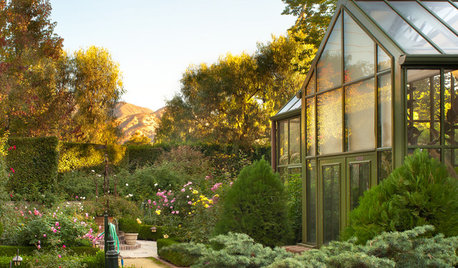
GREENHOUSESGreenhouses Bring Gardens in From the Cold
Get a jump start on summer plantings even if spring chills linger with a greenhouse or cold frames in your backyard
Full Story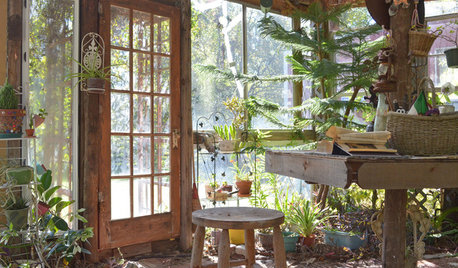
GREENHOUSESA Greenhouse Rises From Texas Tornado Wreckage
Barn damage became a blessing in disguise for a thrifty, creative couple with a hankering for more greenery
Full Story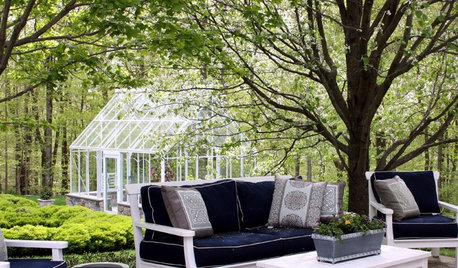
Houzz Call: Show Us Your Greenhouse
Submit a photo of your greenhouse and share what's growing!
Full Story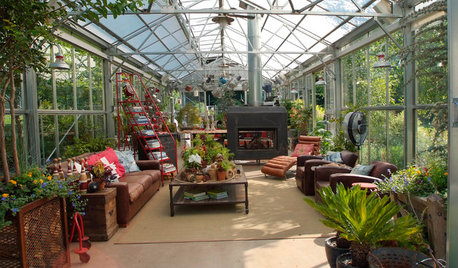
LANDSCAPE DESIGNA Luxury Greenhouse Lures Manhattanites to the Country
Industrial meets rustic in this stunning new structure for living and entertaining in rural Pennsylvania
Full Story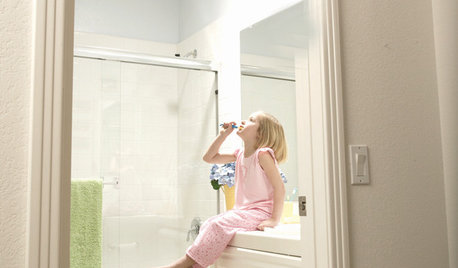
HEALTHY HOMEGet Your Light Right for a Healthy House
Homes that are too bright at night and too dark during the day are ruining our health. Here's what you can do
Full Story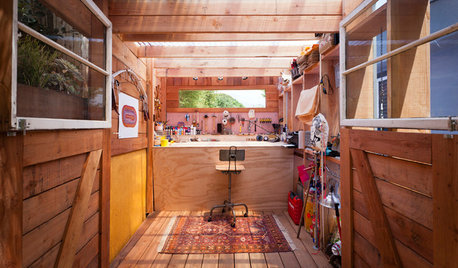
GARDEN SHEDSHouzz Call: Show Us Your Hardworking Garden Shed!
Upload a photo of your backyard shed or greenhouse and tell us how it works for you
Full StoryMore Discussions






username_5
watergal
Related Professionals
Sahuarita Landscape Architects & Landscape Designers · Chesapeake Ranch Estates Landscape Contractors · Hilton Head Island Landscape Contractors · Lancaster Landscape Contractors · Las Vegas Landscape Contractors · McLean Landscape Contractors · Phoenix Fence Contractors · Annapolis Fence Contractors · Cherry Hill Fence Contractors · Oxnard Fence Contractors · Piedmont Fence Contractors · Westmont Fence Contractors · Aurora Roofing & Gutters · Beaufort Roofing & Gutters · Clarksville Roofing & Guttershairmetal4everOriginal Author
hairmetal4everOriginal Author
username_5
hairmetal4everOriginal Author
username_5
hairmetal4everOriginal Author
username_5
watergal